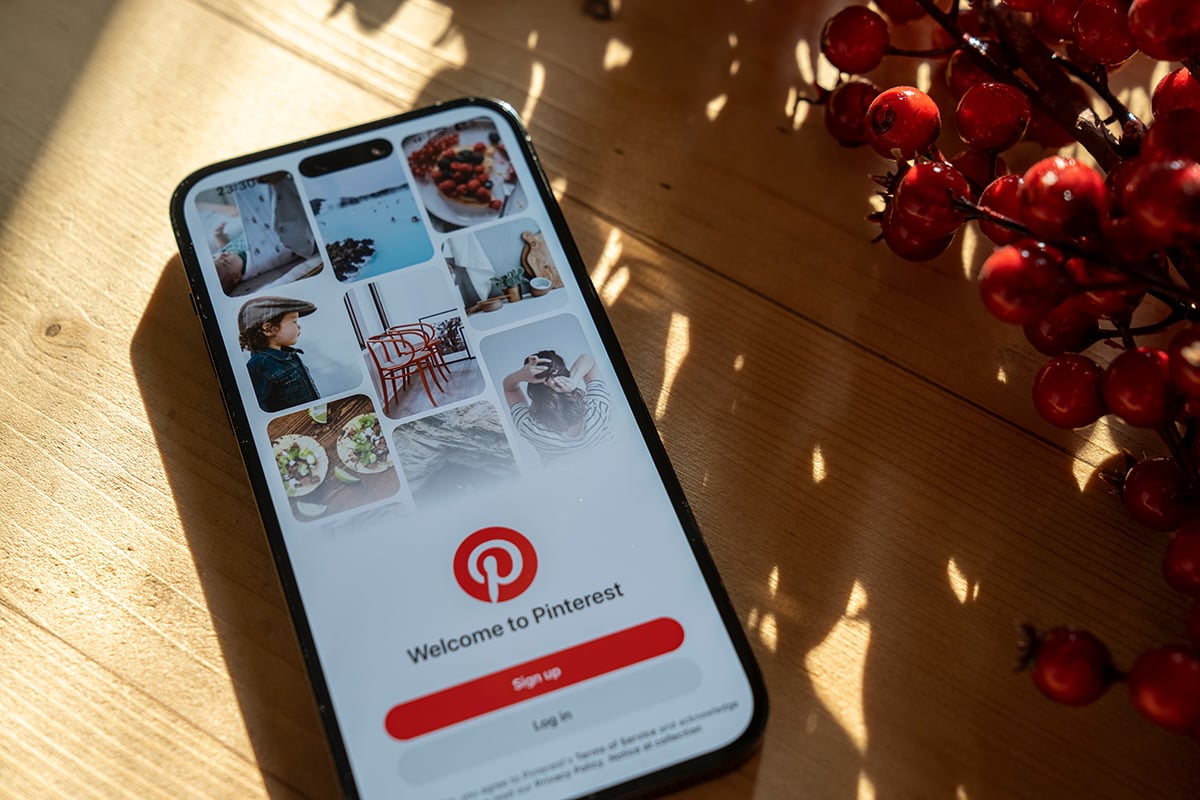Imagine scrolling through a platform where every image feels hand-picked just for you. You start with one pin, then another, and before you know it, thirty minutes have passed, but it doesn’t feel like time wasted. You’ve discovered ideas for your next home project, a recipe for dinner, or even your future wardrobe. This is the power of Pinterest’s UX design in action.
What makes it so addictive lies in two deceptively simple innovations: infinite scroll and personalized feeds. Together, they transform casual browsing into an experience that feels intuitive, seamless, and irresistible. In this article, we explore how Pinterest leveraged these UX strategies to increase engagement, drive revenue, and influence ecommerce and what lessons businesses can take away.
The Challenge: Turning Browsing into Engagement
Pinterest began as a platform for saving and sharing images. Early users had to click through pages manually to see more pins, a process that interrupted the flow of discovery and often led to disengagement.
The UX team faced a major challenge: how to let users explore content effortlessly while keeping them immersed in the platform. The solution came in the form of infinite scroll, which allows content to load continuously, and personalized recommendations, which ensure that every user sees content relevant to their interests.
Infinite Scroll: A Streamlined Discovery Journey
Infinite scroll might seem simple, but its impact is profound. By automatically loading content as users scroll, Pinterest eliminated the interruptions inherent in traditional pagination. Users could now glide from one idea to the next without stopping, which increased session durations significantly and encouraged deeper engagement with the platform. As users spent more time exploring pins, they interacted more, saving, sharing, and clicking at higher rates.
This seamless experience also allowed Pinterest to integrate promoted pins in a natural way, boosting ad impressions without feeling intrusive. Infinite scroll is a perfect example of how removing friction from the user experience can create a sense of effortless discovery.
Personalized Feed: Making Content Feel Relevant
Infinite scroll keeps users engaged, but personalization keeps them coming back. Pinterest’s algorithms analyze user behavior, searches, and saved pins to surface content that aligns with each individual’s tastes and interests. This personalization transforms the browsing experience: each pin feels relevant, every feed feels tailor-made, and every interaction feels meaningful.
Studies indicate that personalized pins can receive up to eighty percent more engagement than non-personalized content. By showing users what they are most likely to enjoy or act upon, Pinterest also drives ecommerce conversions, guiding users to products and services they are likely to purchase. When combined with infinite scroll, personalization creates a discovery experience that feels endless yet never random, keeping users captivated.
Real Results: Engagement and Growth
The combination of infinite scroll and personalized feeds has had measurable effects on Pinterest’s business. Users spend longer on the platform, interacting with more pins per session, which drives higher engagement rates. Promoted pins integrated into the feed see increased impressions and click-through rates, contributing directly to revenue growth.
Personalized recommendations also play a role in ecommerce, with Pinterest now accounting for up to five percent of all U.S. ecommerce traffic. More than eighty percent of user engagement on Pinterest comes from recommendation-driven interactions, highlighting the direct link between thoughtful UX design and measurable business impact.
Why Pinterest’s UX Works
Pinterest’s success stems from a focus on human-centered design. By removing friction, the platform makes discovery effortless. Personalization ensures relevance, building loyalty, and encouraging repeat visits. The visual-first design draws attention and enhances user engagement, while carefully integrated monetization, through promoted pins and ecommerce features, blends seamlessly into the experience.
Together, these elements show that UX is not just about usability or aesthetics; it is a strategic lever that drives growth.
Lessons for Businesses
Pinterest demonstrates that well-executed UX can be a primary growth engine. Seamless discovery encourages engagement, while data-driven personalization increases retention and monetization. Businesses can take inspiration from Pinterest by identifying friction points in their own experiences, tailoring content and recommendations to user needs, and embedding revenue opportunities naturally into the product experience. Continuous iteration and testing ensure that UX decisions remain aligned with both user satisfaction and business objectives.
Crafting Experiences That Stick
Pinterest proves that UX can shape behavior in ways that feel effortless. By keeping discovery smooth and content relevant, the platform transforms casual browsing into a habit. Users don’t just scroll, they explore, save, and act, creating measurable value for both the platform and its partners.
The bigger takeaway for any business is this: frictionless, personalized experiences don’t just delight users, they grow engagement, loyalty, and revenue simultaneously.
Ask yourself: are your users discovering content naturally, or are hidden obstacles slowing them down? The answer can redefine how your business designs its next great experience.




